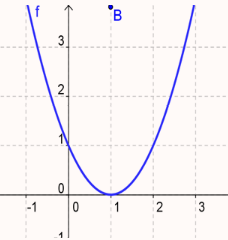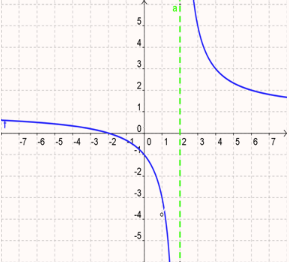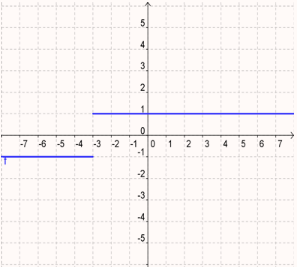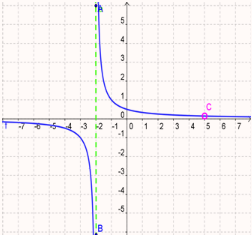Try It
Identify Discontinuity
Practice 1
Determine whether the function is continuous or discontinuous.
f(x)= x2−2x + 1

Practice 2
Determine whether the function is continuous or discontinuous. 

Practice 2
- Find the x-values (if any) at which the function is not continuous.
- Decide if discontinuities are removable.
- Find intervals of continuity.


The function is discontinuous at:
x − 2 = 0
x =
Intervals of continuity:
(−∞,
) and (
, ∞)
Practice 3
Determine whether the function is continuous or discontinuous.

Practice 3
- Find the x-values (if any) at which the function is not continuous.
- Decide if discontinuities are removable.
- Find intervals of continuity.


The function is discontinuous at:
x + 3 = 0
x =
Intervals of continuity:
(−∞,
) and (
, ∞)
Practice 4
Determine whether the function is continuous or discontinuous.


Practice 4
- Find the x-values (if any) at which the function is not continuous.
- Decide if discontinuities are removable.
- Find intervals of continuity.


The function is discontinuous at:
x2 − 3x − 10= 0
(x −
)(x +
) = 0
x −
= 0 and x +
= 0
x =
x =
The function is discontinuous at x = 5 and x = −2.
Intervals of continuity:
(−∞,
), (
,
),
and (
, ∞)